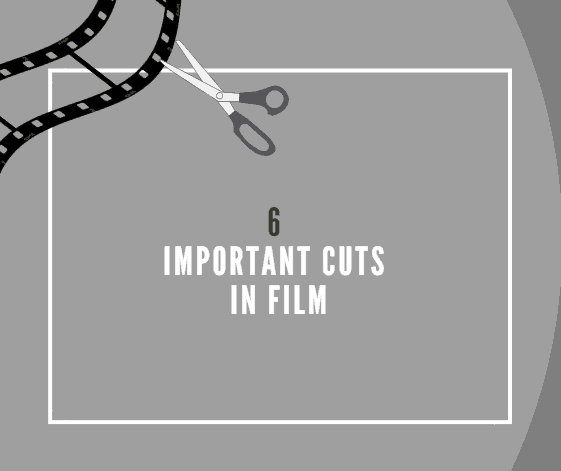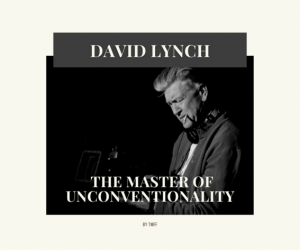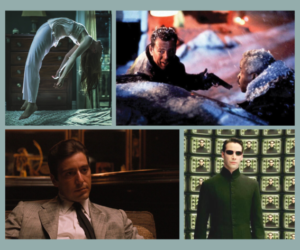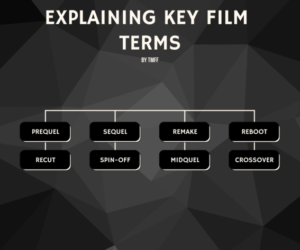Did you know that Hitchcock’s scenes were around 10 minutes long each? He would only cut when his camera ran out of film, which made it rather difficult for the actors: the slightest fuck-up could ruin the previous 9 minutes and 47 seconds of perfect acting. Unless you’re Alejandro Gonzalez Inarritu, who made Birdman look like a continuously-shot scene (though it wasn’t, obviously), you should know how to use some basic cuts. If you don’t, well, here’s what might be a helpful summary.
1. The hard cut
This is probably the most basic cut that you can find. It mainly involves a lack of transition – you basically cut from one clip to another clip directly. It’s definitely easy to use, and it can surely be effective, although it does need a certain degree of fit and finesse in order not to make the transition feel awkward and incoherent. When it comes to matters of meaning, though, it basically conveys none – it’s merely a shift, that’s all.
2. The J cut
For this cut and the next, we will make a distinction between the visual side and the audio side of a scene. For the J cut, we start hearing the sound from the scene we transition to, while still having the visuals of the scene we’re transitioning from. This is used in a lot of different contexts, mostly to emphasize continuity, or to support a certain visual element from the initial scene with a subsequent dialogue or piece of music from the following one. It could be an exterior shot of a diner, and while we see that we start hearing the hustle and bustle occurring inside, before we transition to an interior shot.
3. The L cut
This is basically the opposite of the cut described above. Here, we transition from one scene to another visually, while still hearing the audio of the previous scene. Maybe it is utilised a bit less in films, but it is quite widespread in documentaries: imagine a person being interviewed, and then the scene switches to a cityscape while the dialogue of the interview still continues. This is the L cut.
4. The jump cut
The jump cut is quite a widespread technique used to give coherence to a scene filmed from multiple viewpoints, while preserving a natural flow of time. So, a jump cut would be used when pursuing a character that runs from the side of a house towards its front entrance. The first scene would be shot from a side view, and when the character moves sufficiently out of view, the scene would cut to a front view, thus capturing the progress in space and time that was made.
5. The cross cut
This technique is also known as parallel editing, since, surprise surprise: the shots are placed in parallel. One very good and classic example of this is in the famous baptism scene from The Godfather. The transitions between the assasination of the rival dons and the baptism that Michael Corleone attends suggest that the events are happening at the same time in different locations. Same goes for a purely theoretical scene where the action shifts between the two main characters who are each exploring different surroundings and coordinating via phone in the same time.
6. The montage
I am definitely not a fan of this one, but I can recognise its value if used in the right places, under the right circumstances, in the right amount. All of these being equal to zero. No, just kidding – montages can be extremely effective in showing the passing of time, especially if the outlook is a bit more long-term. It can show the aging of charactersm or the change in one’s environments: cuts between shots involving a prisoner with ever-increasing lengths of his beard and hair show the passing of time, as does an initially empty room progressively filled by various objects and decorations. My personal problem with these is that they tend to be the easy way out – the passing of time can be subtly referenced through a key piece of dialogue or a well-constructed environment rather than a montage.
















